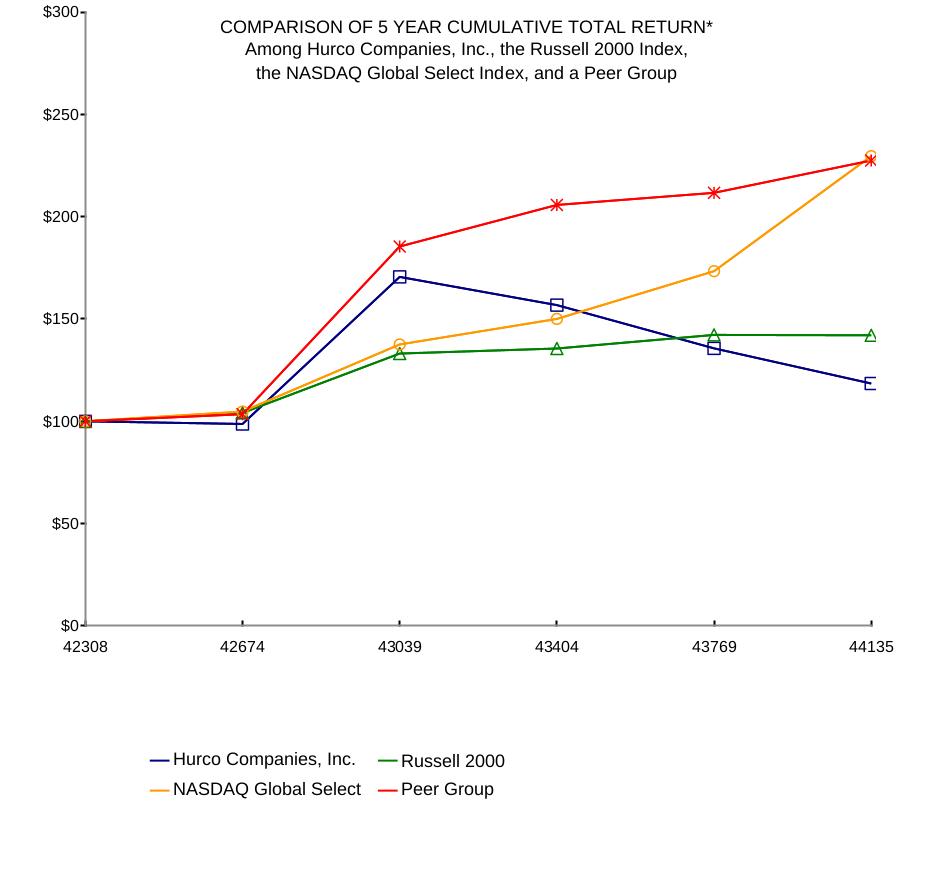Item 1A. RISK FACTORS
In this section, we describe what we believe to be the material risks related to our business. The risks and uncertainties described below or elsewhere in this report are not the only ones to which we are exposed. Additional risks and uncertainties not presently known and/or risks we currently deem immaterial may also adversely affect our business and operations. If any of the developments included in the following risks were to occur, our business, financial condition, results of operations, cash flows or prospects could be materially adversely affected.
Risks Related to the COVID-19 Pandemic
Public health emergencies or outbreaks of epidemics, pandemics, or contagious diseases have disrupted, and could continue to disrupt, our operations and materially and adversely affect our business, financial condition, and results of operations.
Widespread public health emergencies or outbreaks of epidemics, pandemics, or contagious diseases, such as the COVID-19 pandemic, have had, and could continue to have, a material adverse effect our business, financial condition, and results of operations. As a result of the COVID-19 pandemic, governmental authorities in jurisdictions where our facilities, customers, and suppliers are located have imposed mandatory closures, stay-at-home orders, and social distancing protocols that significantly limit the movement of people, goods, and services or otherwise restrict normal business operations or consumption patterns.
The COVID-19 pandemic has disrupted our operations and will likely continue to affect our business. Specifically, many of our sales and service organizations throughout the Americas, Europe and Asia Pacific have, at one time or another, been subject to temporary closures or otherwise been required to adopt remote work strategies. And, we may continue to experience additional temporary facility closures in response to government mandates and/or the incidence of additional contagion spread.
Additionally, the COVID-19 outbreak has disrupted and could in the future disrupt our ability to deliver and/or install machines, our procurement of supplies for our operations, and our customers’ purchasing behavior or decisions. The COVID-19 pandemic has resulted in significantly reduced demand for our products, which could continue for an extended period of time. Any or all of the foregoing in jurisdictions where we or our customers, suppliers, or business partners are located have had and could continue to have a material adverse effect on our business, results of operations, cash flows, and financial condition.
Significant increases in economic and demand uncertainty have led to disruption and volatility in the global credit and financial markets, which increases the cost of capital and adversely impacts access to capital for both our company and our customers and suppliers. In addition, resulting changes in our access to or cost of capital, expected cash flows, or other factors could cause our goodwill to be impaired, resulting in a non-cash charge against results of operations to write down goodwill for the amount of the impairment. The duration and scope of the COVID-19 pandemic remains uncertain and, therefore, we cannot reasonably estimate its potential impact on our business, financial condition, or results of operations, but such impact has been, and could continue to be, material.
Risks Related to Our Industry and International Operations
The cyclical nature of our business causes fluctuations in our operating results.
The machine tool industry is highly cyclical and changes in demand can occur abruptly in the geographic markets we serve. As a result of this cyclicality, we have experienced significant fluctuations in our sales, which, in periods of reduced demand, have adversely affected our results of operations and financial condition, which could re-occur in the future.
Uncertain global economic conditions may adversely affect overall demand.
We typically sell the majority of our larger, high-performance VMX machines in Europe, which makes us particularly sensitive to economic and market conditions in that region. Economic uncertainty and business downturns in the U.S., European, and Asian Pacific markets have adversely affected, and may in the future adversely affect, our results of operations and financial condition.
